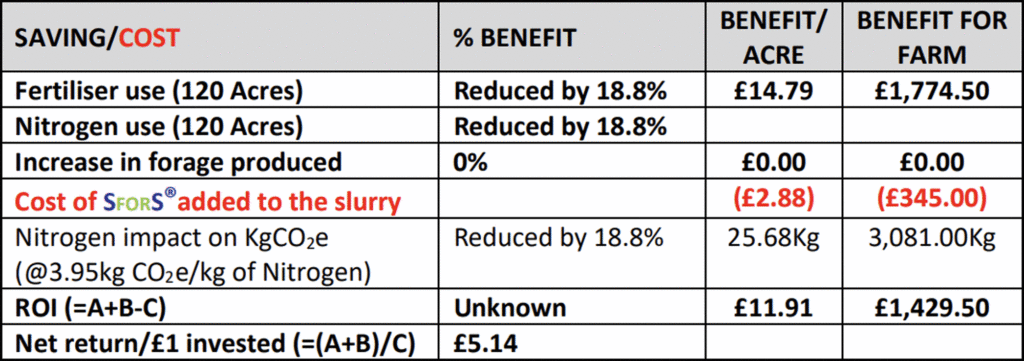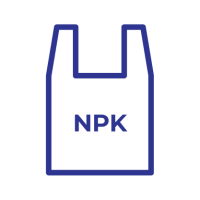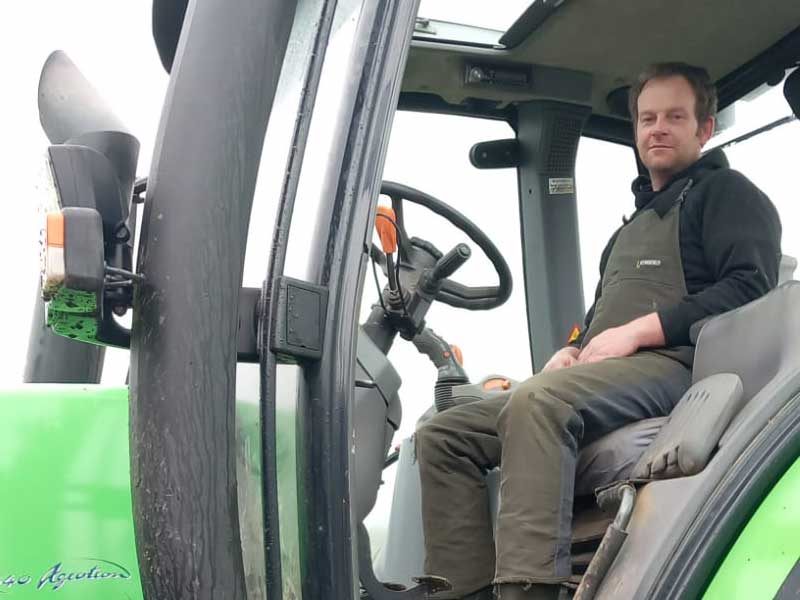
Nr Fishguard

225 acres

80

Glanbia Cheese Quality Cup
About Phil, the farm and the herd
Phil grew up on a family farm before heading to university to study neurophysiology. But it was never his passion and within a few years he found himself back in the great outdoors building slurry pits on farms.
Today Phil farms 265 acres in partnership with his wife, Sian, and her parents.
The family are hoping to expand the business and are very open to trying new ideas, as well as investing in developing skills and knowledge. Their ambition and hard work was recently recognised – in 2020, the family won Glanbia Cheese’s Quality Cup.
The farm comprises two units. At Fagwrgoch, there’s 135 acres of hill pasture dedicated to the dairy and sheep enterprises. The lowland farm in Scleddau focuses on beef and arable production, growing predominately maize and winter barley.
Phil has 260 sheep and retains 60 of his shearlings each year.
There are a wide variety of soil types across the two units. The peatland on hills was recently analysed to reveal its organic matter content of 38%!
Phil’s milking herd is growing. Currently he’s milking 80 cows, a mixture of Holsteins and Fresians. He’s some Fleckviehs and Montbeliardes ready to bull this year.
The cattle are housed as little as possible, coming in for nights in October, full time in mid-late October (subject to weather). They start going out in the day in April, as soon as the weather allows and the silage has been consumed.
In recent years, Phil’s tried a number of new approaches designed to lower the farm’s environmental impact.
For example, Phil’s gradually reseeding the pasture on the two farms, using a mixture of forage peas and barley alongside the grass seed to add nitrogen and provide competition for weeds. The combination has seen him reduce both fertiliser and herbicide applications over the last three years. It’s topped at the same time as he’s doing the second cut of silage. The additional nitrogen supporting rapid growth means that it is soon ready for the cattle to graze.
Last year, because of the price of fertiliser Phil tried advanced seaweed on the lowland farm. He applied it to half of a grass field and found this half produced more bales. It wasn’t a huge difference at 10-15% but was significant enough for him to want to try it again this year.
This winter, with the support of Glanbia Cheese, Phil’s currently trialling soy-free cake. The soy is replaced by rapeseed meal, lysine and various other ingredients to provide a nutritionally balanced concentrate.
Treatment and application

6kg

20,000 gal

120ac

3 months
Phil was quite willing to try SlurryForSoil™, saying that the ‘how it works’ and the associated benefits made sense to. He is very comfortable with using microbes to aide silage production, so why can’t he use microbes at the other end?
In mid-January 2022, Phil added 6kg of SlurryForSoil™ to his 20,000 gal slurry tank which receives a mixture of parlour washings and slurry. This is pumped into a lagoon before being transferred to the main store (65,000 gals). Phil had emptied these stores shortly prior to adding the SlurryForSoil™ so it was treated on the basis that he had 70 cows.
The treated slurry was applied to 120 acres. 90 ac received 1,800gal/ac (20.2T/ha) and the remaining 30 ac received slightly less. 50 ac were cut for silage, 70 ac were grazed.
Results
Phil was able to reduce fertiliser applications from N:69 – P:0 – K:33/ac in 2021 to N:56 – P:0 – K:28 in 2022, and despite the extremely dry summer forage and grazing levels were maintained.

Conclusion

Down 18.8%

Reduced by 18.8%
ROI £11.91/acre
Despite the yield-sapping weather, SlurryForSoil™ helped Phil maintain grass growth while reducing his fertiliser input by nearly 19%. This contributed to significantly reducing the farm’s carbon footprint (and cost-savings), which would be bolstered by the reductions in fuel used for stirring slurry, if that had been measured.
Phil’s thoughts
Following the trial, he said: “I think it’s excellent. It stops the slurry from separating as quickly. At application, we usually have to hop off the tractor to remix the slurry every 5 or 6 loads, with SlurryForSoil™, it stayed mixed for at least 2 days,” says Phil.
“The water seemed to sit on the top of the slurry, meaning no crust developed and mixing took a third of the time. It’s a massive fuel saving.
“The slurry also got absorbed into the ground quicker and it noticeably reduced odour.”

